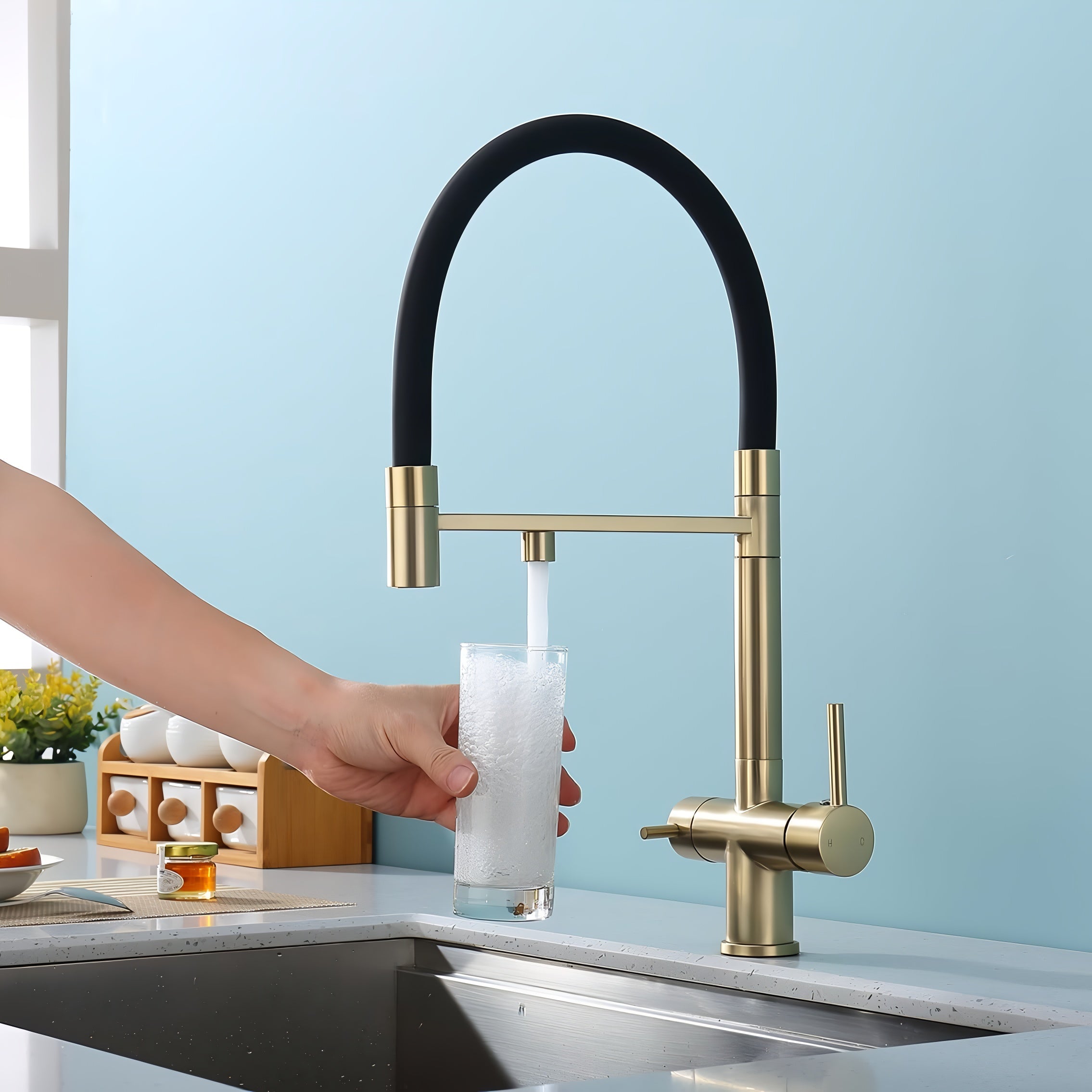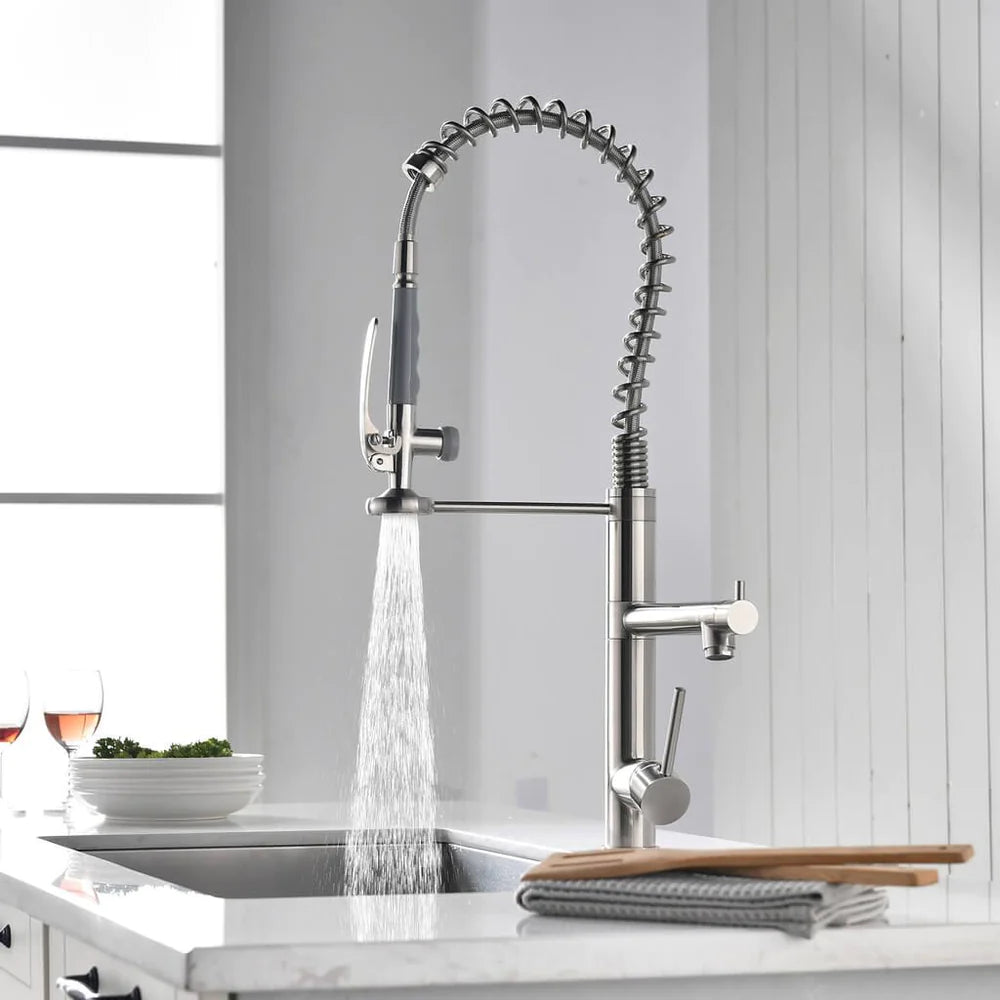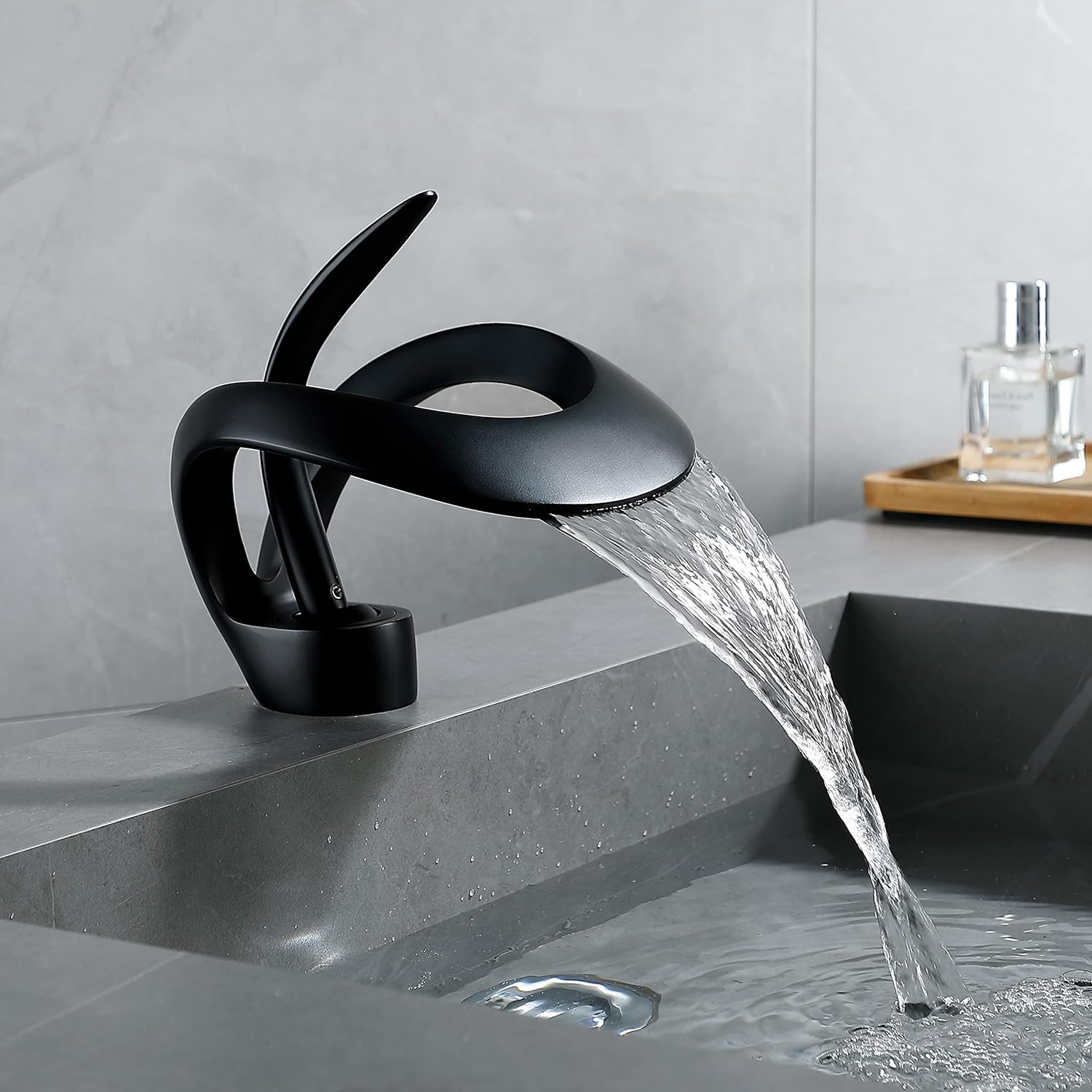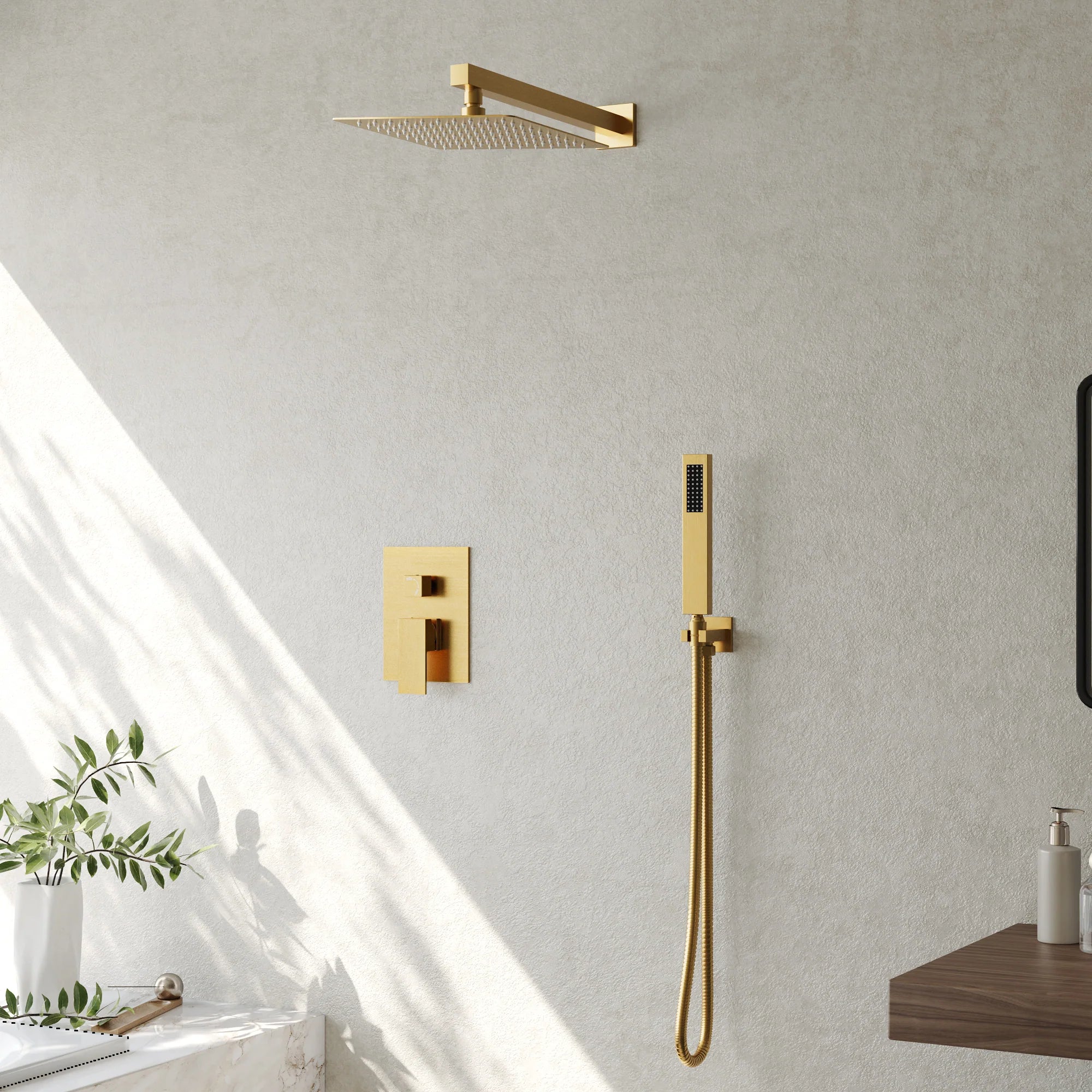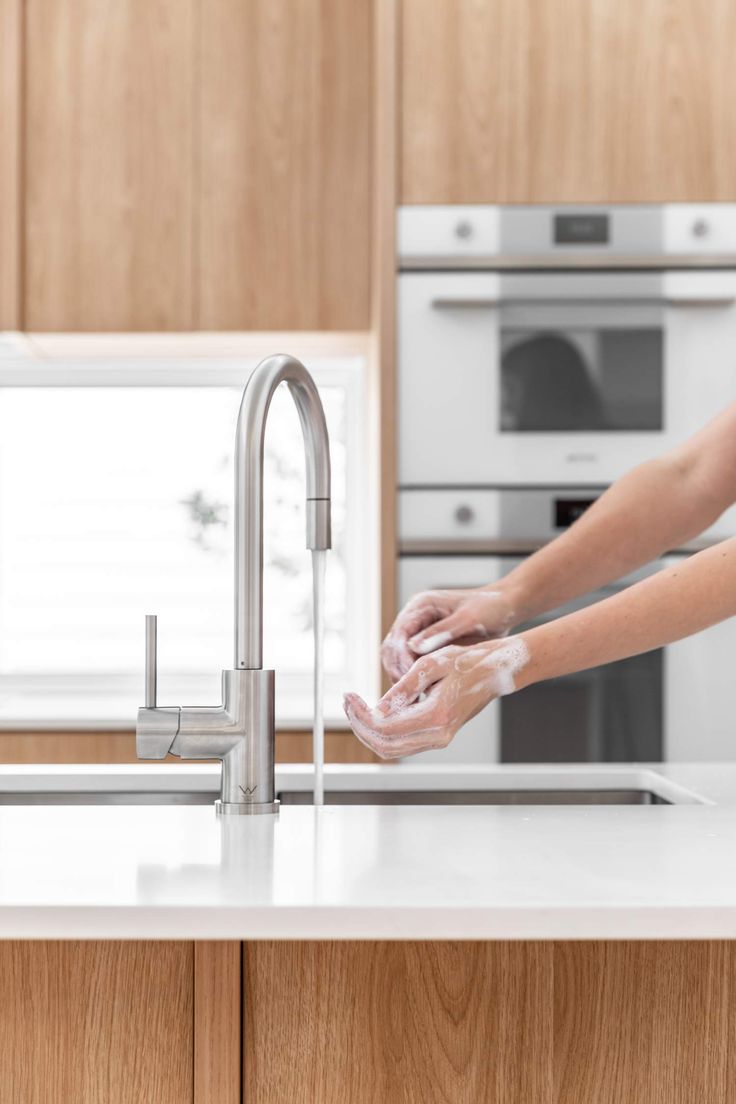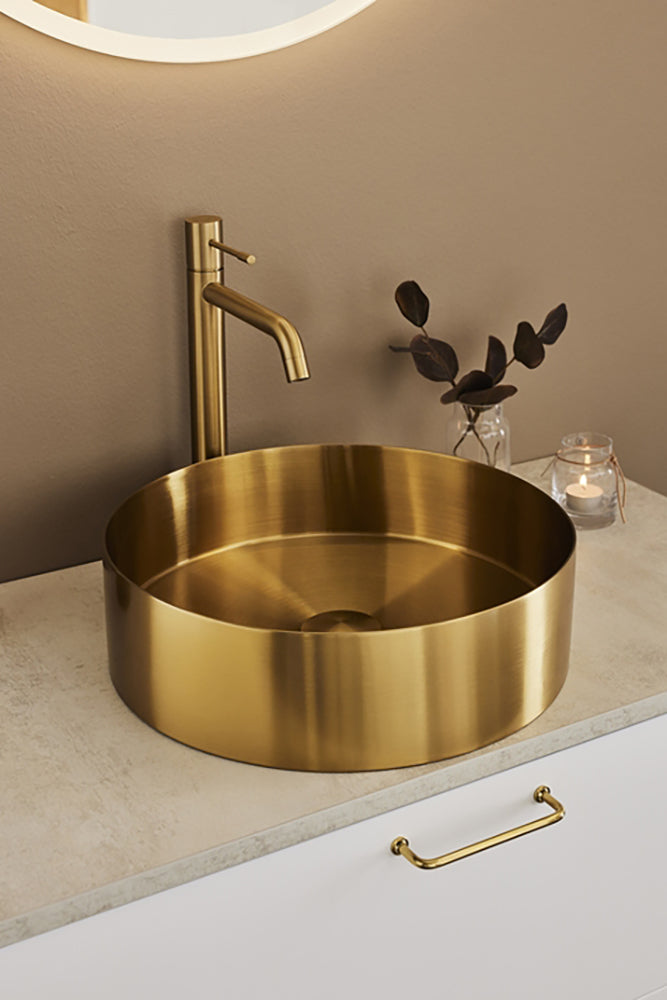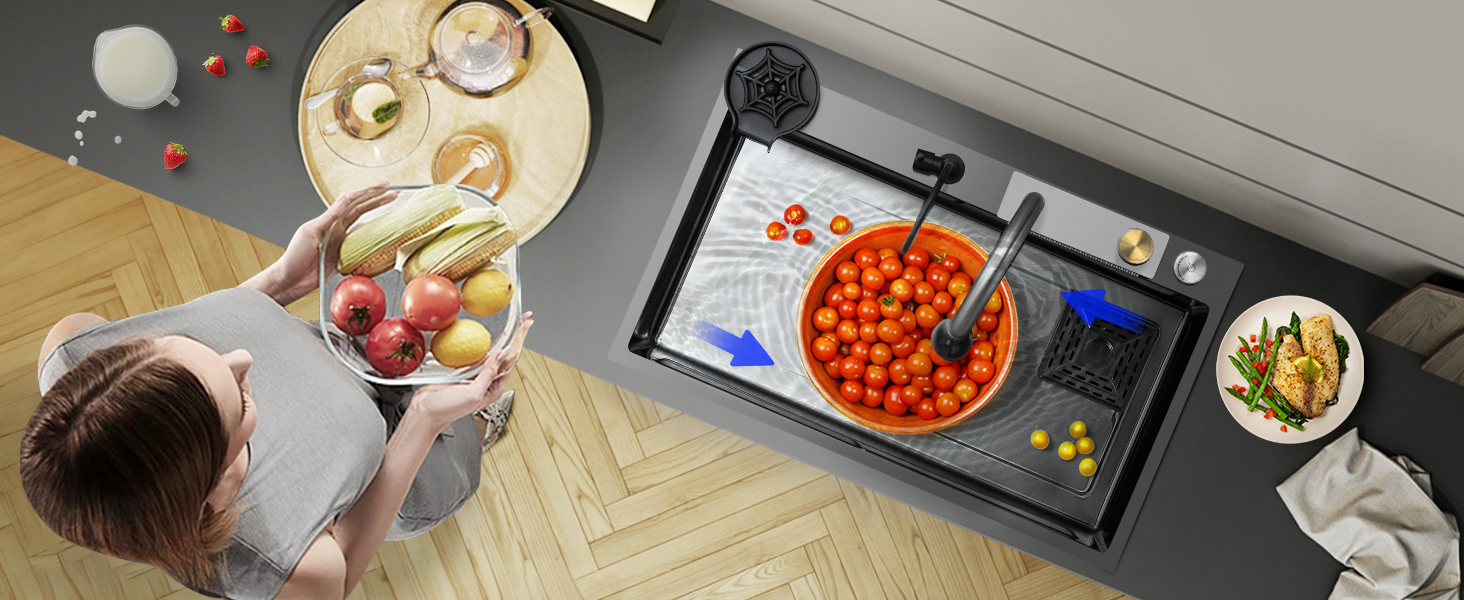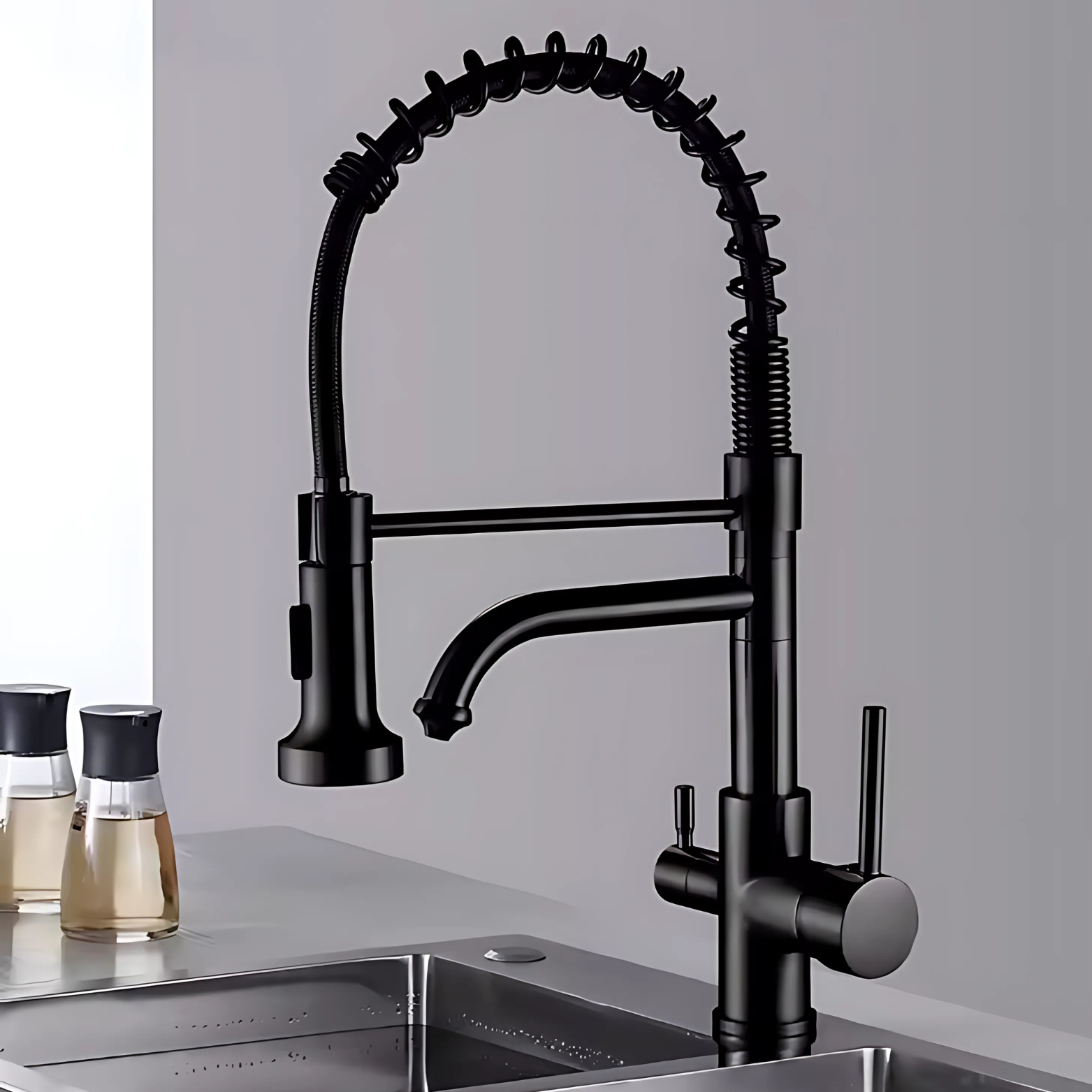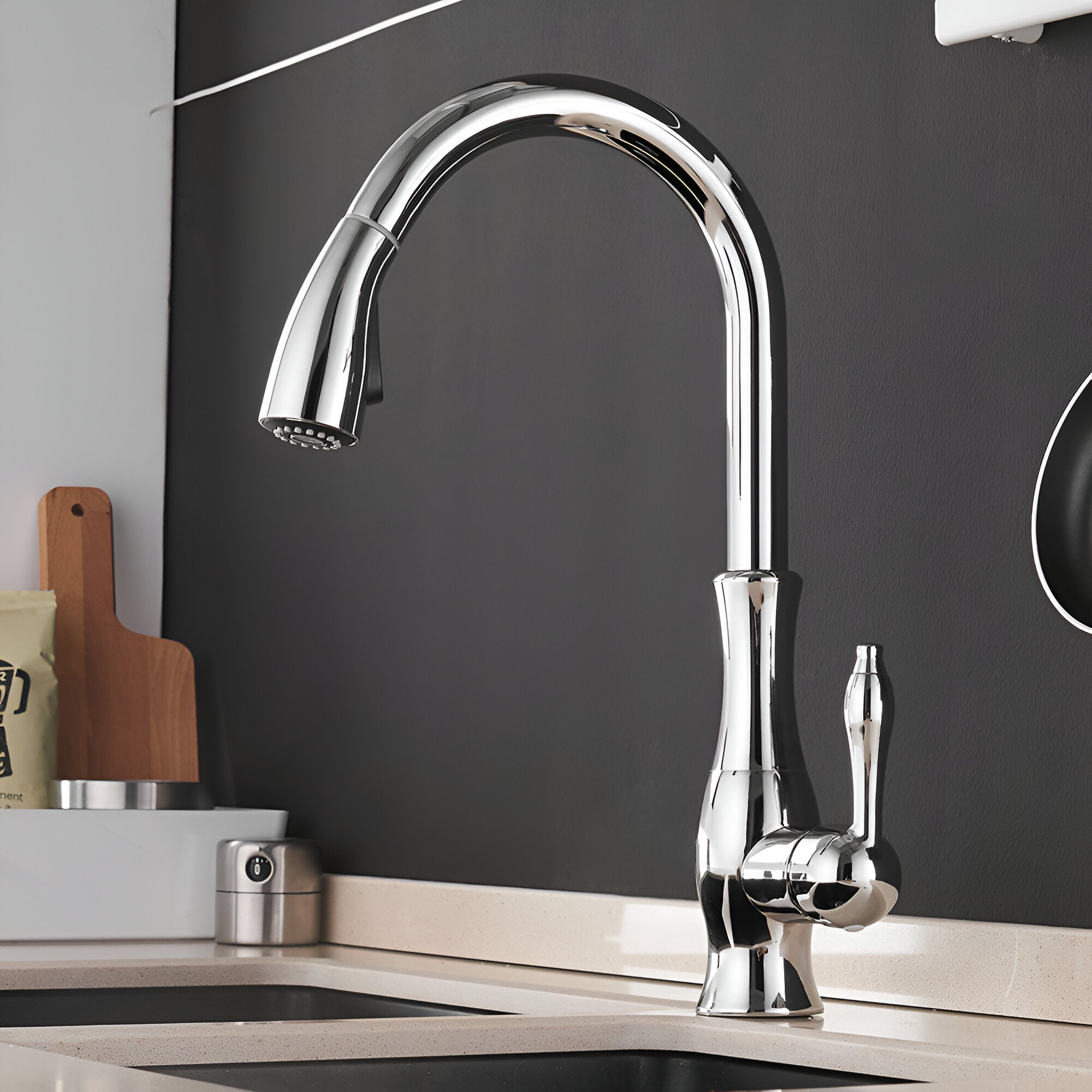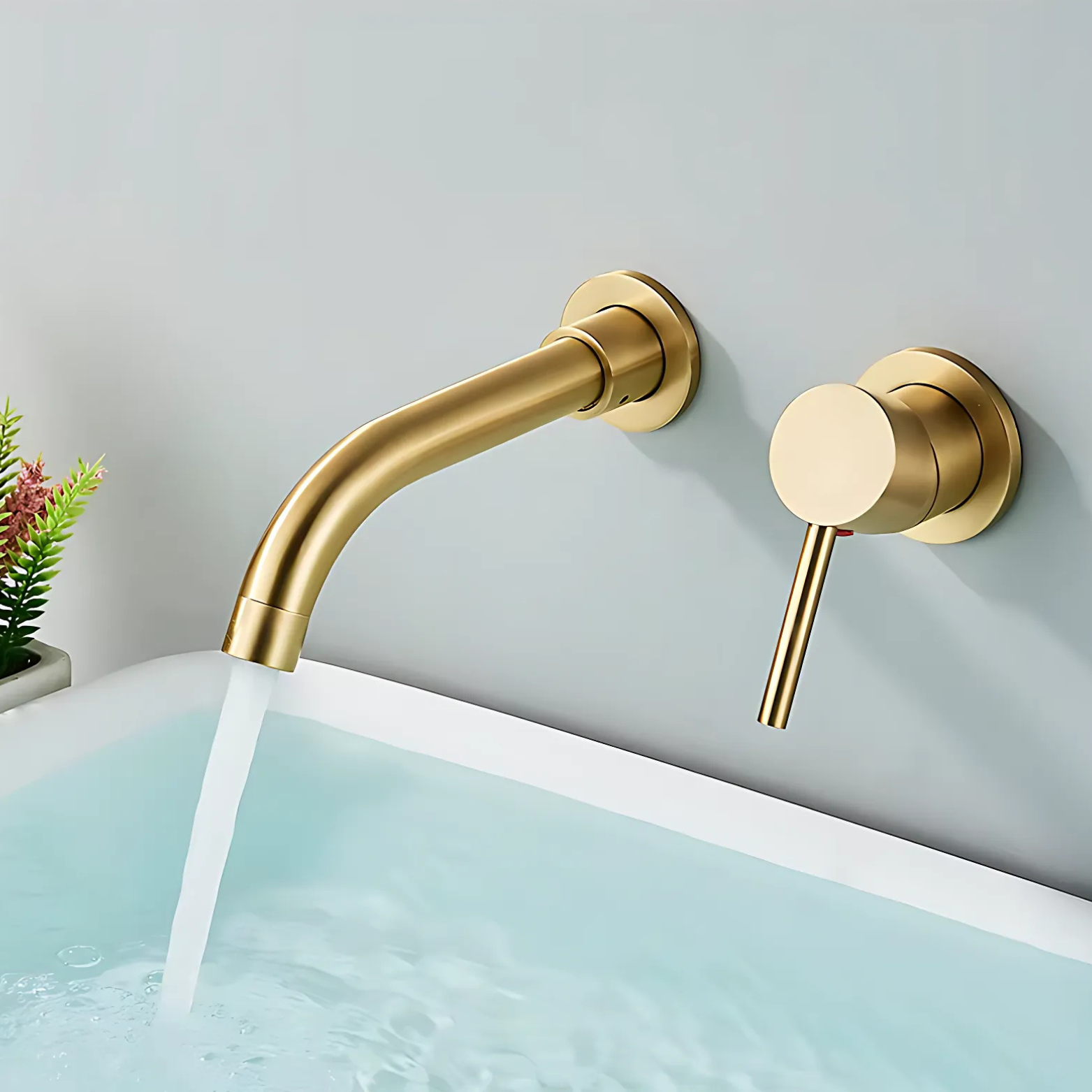
Five Key Differences Between Kitchen and Bathroom Faucets
When it comes to home design and upgrades, understanding the differences between kitchen faucets and bathroom faucets is essential. Each type serves its unique purpose, features distinct designs, and caters to different needs. In this article, we'll explore five key differences between these two essential home fixtures.
1. Functionality and Use
The primary difference lies in how each faucet is used. Kitchen faucets typically have multiple functions to accommodate a range of tasks such as food preparation and dishwashing. For instance, the Harlingen - Three-Way Kitchen Faucet with Filter Tap Reverse Osmosis Compatible and Pull-Down Spout is perfect for those who desire a versatile faucet with a filtration feature.
On the other hand, bathroom faucets generally focus on providing an optimal flow for washing hands and occasionally filling a basin. The Bodo - Modern Waterfall Basin Bathroom Sink Faucet Single Handle Single Hole exemplifies the elegance and simplicity suited for a bathroom.
2. Design and Aesthetics
Kitchen faucets are often larger to fit the proportions of a kitchen sink. They may also feature high arcs, like the Stavanger - Professional Pull-Down Kitchen Faucet With High Arc, to provide ample space for large pots and pans.
Conversely, bathroom faucets tend to have a more compact design suitable for smaller spaces, often with sleek and minimalist designs. The Helsingborg - Smart Modern Waterfall Bathroom Faucet showcases this innovation and style that modern bathrooms demand.
3. Water Flow and Temperature Control
Kitchen faucets typically offer more sophisticated controls, including temperature and spray options, which can enhance the user experience during meal preparation and cleaning. A great resource for understanding these features is The Ultimate Guide to Choosing the Perfect Kitchen Faucet.
Bathroom faucets usually offer straightforward water flow and temperature control, ensuring ease of use for daily grooming and hygiene routines.
4. Installation and Configuration
When choosing a kitchen faucet, you'll find they often require more elaborate installations due to additional features such as pull-down sprayers or filtration systems. The Middelburg Pro - Three-Way Pull-Out Kitchen Faucet with Filter Tap Reverse Osmosis Compatible exemplifies this kind of complexity.
Bathroom faucets, in contrast, usually feature simpler configurations, focusing on a straightforward basin connection, which helps streamline the installation process.
5. Specialty Features
Kitchen faucets frequently include additional conveniences like pull-out or pull-down sprayers, filtration attachments, and touchless technology to improve the functionality of your kitchen sink. For more on innovative kitchen designs, check out our Kitchen Faucets collection.
Bathroom faucets, like those found in the Waterfall Bathroom Faucets collection, often emphasize modern aesthetics and minimalistic technology, focused on delivering a pleasant, straightforward user experience.
For more insights and faucet options, visit Paragon Faucets. Understanding these differences can help you make informed decisions when choosing your next kitchen or bathroom faucet.
